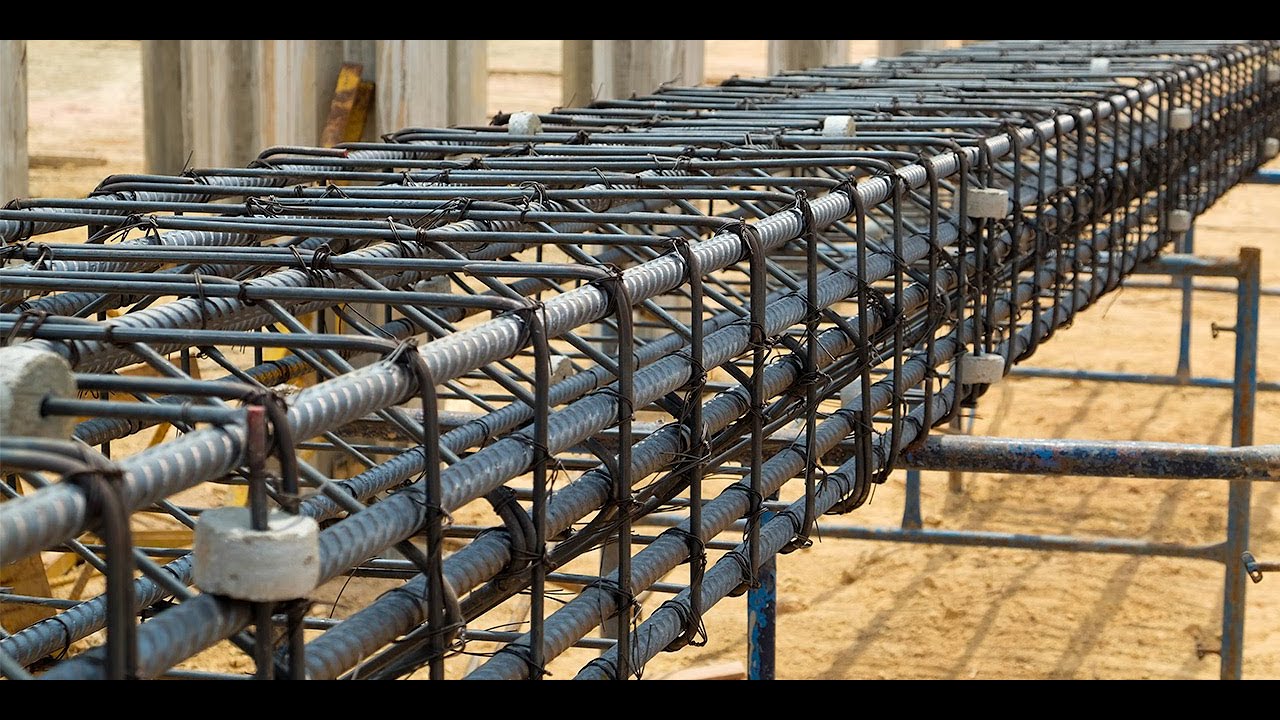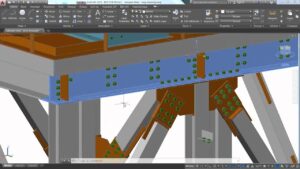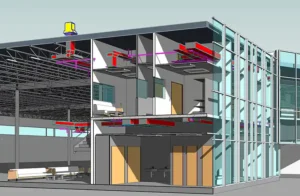Reinforced concrete relies on steel reinforcement to ensure safety and strength. In this context, rebar stirrups play a key role by holding the main steel bars in place and improving the overall performance of the structure.
Overview
In reinforced concrete, rebar stirrups serve to secure the main reinforcement and help resist forces that can lead to cracks. They are made of steel and formed into closed loops. These components are essential in beams, columns, and slabs to control cracking and enhance stability.
- They secure the primary reinforcement.
- They improve the resistance to lateral forces.
- They contribute to the durability of the concrete structure.
Applications in Construction
Rebar stirrups are used in various concrete elements. Their main applications include:
- Beams and Columns: They prevent shear failure by holding the main bars in position.
- Slabs: They help control cracking in regions of high stress.
- Foundations: They add strength to the overall concrete structure by keeping the reinforcement in place.
Design Considerations
When designing concrete elements, consider the following for rebar stirrups:
Spacing and Size
- Spacing: Closer spacing is required in areas with high shear forces, such as near supports.
- Size: The size of the stirrups should match the design load and concrete dimensions.

Material Quality
- Use high-grade steel to ensure a strong bond with concrete.
- Select appropriate coatings to reduce the risk of corrosion in harsh environments.
Installation Practices
Proper installation ensures that rebar stirrups perform as intended. Follow these best practices:
- Bending and Cutting: Ensure the stirrups are bent and cut accurately to the required dimensions.
- Tying: Secure them tightly to the main reinforcement to avoid misalignment.
- Inspection: Regular checks during installation help catch any issues early.
Common Issues and Solutions
Several challenges may affect the performance of rebar stirrups:
- Misalignment: Verify the correct placement to maintain design integrity.
- Corrosion: Use treated or coated steel to extend the stirrups’ life.
- Improper Spacing: Regular inspections during construction can help maintain proper spacing.
Detailed Information Summary and Table
Below is a table summarizing key aspects of rebar stirrups:
| Aspect | Description | Example |
|---|---|---|
| Function | Holds the main reinforcement in place | Used in beams and columns |
| Shear Resistance | Helps resist lateral forces that cause cracking | Improves overall structural stability |
| Spacing | Must be closer in high-stress areas | Near supports and load-bearing sections |
| Material | High-grade steel is preferred | Coated steel for corrosion resistance |
| Installation | Proper bending, cutting, and tying are crucial | Regular on-site inspections |
This table provides a quick overview of the main factors to consider when working with rebar stirrups.
Conclusion
In summary, rebar stirrups are key to building safe and lasting structures. They secure the primary reinforcement, improve shear resistance, and help control cracking. The role of rebar stirrups in maintaining structural integrity cannot be overlooked. Choosing the right rebar stirrups can improve overall concrete performance.
FAQs on Rebar Stirrups
Q1: What are rebar stirrups and why are they used?
A: Rebar stirrups are steel loops that secure the main reinforcement bars in concrete. They are used to improve the resistance to shear forces, reduce cracking, and increase the overall stability of the structure.
Q2: How are rebar stirrups installed in reinforced concrete structures?
A: Rebar stirrups are bent into specific shapes and tied around the main reinforcement bars. Proper installation involves precise cutting, bending, and secure tying to ensure that they remain in position during concrete pouring and curing.
Q3: What materials are typically used for rebar stirrups?
A: High-grade steel is used to make rebar stirrups, often with protective coatings to guard against corrosion. The quality of the steel helps ensure a strong bond with the surrounding concrete.
Q4: How do rebar stirrups contribute to structural integrity?
A: Rebar stirrups enhance structural integrity by confining the concrete core and providing additional resistance against shear forces. This confinement helps prevent premature cracking and improves the ductility of the structure.
Q5: Where can I find more detailed information about rebar stirrups?
A: For further reading on rebar stirrups and their role in reinforced concrete, you can check out the detailed information on Wikipedia. This resource offers additional insights and technical details on the subject.





